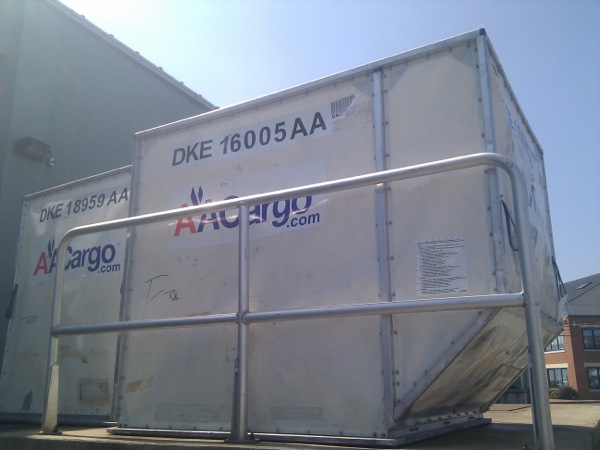We take great pride in the fact that we are a carbon negative company. As Dr. James Hansen said, “[Climate change is] the greatest danger that humanity faces.”In our own small way, with every meal that’s cooked, and every home that’s heated with a LuciaStove, we are doing our part to reduce the world’s CO2 levels.
Despite our efforts, the reality is that, as a world, we are facing a future of ever more frequent and more violent storms and events. Learning from our field experience responding to the 2010 Haiti earthquake, we realized the importance of being able to quickly deploy and provide reliable low cost cooking options.
While the majority of our work is focused on creating self-sustaining jobs, we have created a special emergency relief component to our work to meet the growing need through our Emergency StoveHub Program.
Our emergency relief work includes shipment of an LD3 Rate Class Type 8 air freight container with institutional and LuciaStoves, pellet mill and hammer mill—all the necessary elements for providing sustainable cooking capabilities in a short time frame. Typically, we are able to deploy the unit within 24 hours. Once on the ground, and in place, we can facilitate local fuel production and provide food for refugees.
Deployment comes in two phases. Phase 1, includes setting up local pellet production using locally available waste. Using that fuel, operate institutional stoves in order to provide food to the highest number of people in the least amount of time. Phase 2 focuses on providing a simplified version of the Lucia Origami Stoves so that individual households can have clean water and cook for themselves. The Origami LuciaStoves are designed for quick, low-cost deployment, and are a temporary solution. These have a standard tuning, so while less efficient than our standard stoves, they can be rapidly deployed.
The need for this was never more apparent than an instance during the Haiti relief efforts, when in the third week after the earthquake, a 12 year old girl died of starvation while living in a camp with plenty of rice and beans. Because the relief effort did not allow the import of fuel and the earthquake had caused local fuel prices to skyrocket, many people who had enough food to live on, tragically had no way to cook it.

